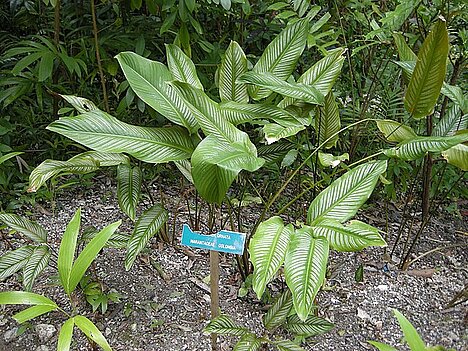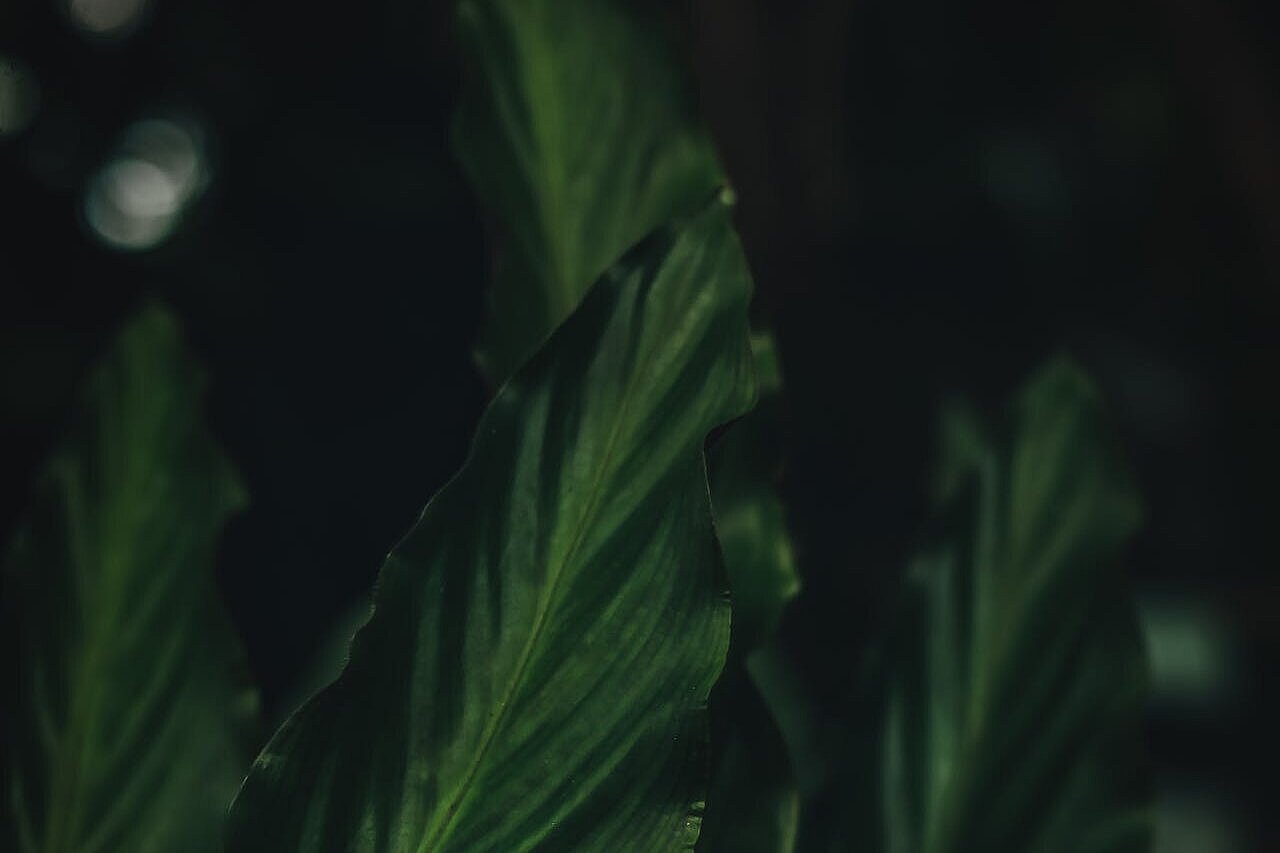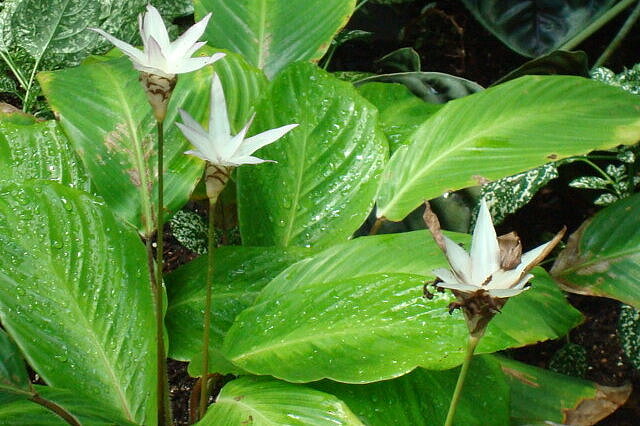Calathea sanderiana

Calathea sanderiana is an easy-care houseplant with few requirements. It needs a semi-shady location, high humidity and a moderate temperature. It should be watered regularly with lime-free water and fertilized. It should also be repotted every two to three years to promote its growth.
Why is Calathea sanderiana good for dogs?
Calathea sanderiana is one of the few houseplants that is completely non-toxic to dogs. It does not contain any harmful substances that could lead to symptoms of poisoning. On the contrary, it even has healing properties and was once used to neutralize arrow poison. However, this does not mean that you should give your dog the plant to eat. This can lead to stomach upset or diarrhea. Your dog could also damage or tear the plant.
So if you have a dog and are looking for a beautiful houseplant, Calathea sanderiana is a good choice. Not only does it look attractive, but it's also harmless to your four-legged friend. You don't have to worry about your dog getting poisoned or sick if he nibbles on the plant or accidentally swallows it.
How can you care for Calathea sanderiana?
Calathea sanderiana is an easy-to-care-for houseplant with few requirements. Here are some tips on how to care for it properly:
- Location: Choose a semi-shady location for your Calathea sanderiana. It does not tolerate direct sunlight, as this can burn or fade its leaves. A bright room or a window spot with slightly closed curtains is ideal.
- Temperature: Keep the temperature between 15 and 23 degrees Celsius. Avoid rooms that are too cold or too hot, as this can stress or damage the plant. Also ensure a constant temperature without strong fluctuations.
- Humidity: Ensure high humidity around your Calathea sanderiana. You can achieve this by spraying the plant regularly, using a humidifier or placing it in a bowl filled with water.
- Watering: Water your Calathea sanderiana regularly with lime-free water. The soil should always be slightly moist, but not wet or dry. Waterlogging can lead to root rot, dryness can lead to wilted or brown leaves.
- Fertilize: Fertilize your Calathea sanderiana with a liquid fertilizer at half concentration every two weeks during the growing season from spring to autumn. In winter, you can reduce or skip fertilizing altogether.
- Pruning: Cut off wilted or dried leaves with clean, sharp scissors. This promotes the growth of new leaves and prevents diseases or pests.
- Repotting: Repot your Calathea sanderiana every two to three years to give it more space and fresh soil. Use an air-permeable and humus-rich potting soil with a pH value between 4.5 and 5.5. Make sure that the pot has good drainage.
How can you propagate Calathea sanderiana?
Calathea sanderiana can be propagated in two ways: by dividing the rootstock or by cuttings.
- Division of the rootstock: This method is the easiest and quickest. You can use it when repotting your Calathea sanderiana. Take the plant out of the old pot and carefully divide the rhizome into several parts with a knife. Each part should have at least a few leaves and roots. Place the parts in new pots with fresh soil and water them well. Keep the soil moist and place the pots in a warm and bright place.
- Cuttings: This method is a little more time-consuming, but also possible. You can use it if you cut off individual leaves from your Calathea sanderiana. Cut off a healthy leaf with a piece of stem and place it in a glass of water. Place the glass in a warm and bright place and change the water regularly. Roots should form after a few weeks. You can then plant the cutting in a pot with soil.
Calathea sanderiana is a beautiful and poison-free houseplant for dogs. It has colorful and patterned leaves that fold up in the evening and spread out in the morning. It needs a semi-shady location, high humidity and a moderate temperature. It should be watered and fertilized regularly. It should also be repotted every two to three years. It can be propagated by dividing the rootstock or by cuttings.
Properties 2
Are you looking for other ingredients with a specific property?
Just click on them to find more.
If you notice any signs of hypersensitivity or poisoning in your dog, you should see your vet immediately. We are not a substitute for a vet, but we try to be as accurate as possible. Every dog reacts differently and we recommend you get a second opinion or consult your vet if in doubt.
Stay healthy and take good care of your four-legged friend!😊
Similar to Calathea sanderiana
Calathea crocata likes light, but not direct sunlight. It feels most at home in a sunny to semi-shady location, for example in a warm conservatory or on an east or west-facing window. The hot midday...
Calathea loeseneri is a plant species from the Marantaceae family. It originates from Peru, northern Brazil, Colombia and Ecuador, where it grows in the rainforests. The plant is also known as...
Calathea musaica is a houseplant from the genus Calathea, which belongs to the Marantaceae family. This plant family comprises around 300 species, all of which are notable for their attractive...
Calathea ornata is a perennial herbaceous plant from the Marantaceae family. It forms a rhizome-shaped rootstock from which numerous upright leaf shoots grow. The leaves are broad-lanceolate and...



